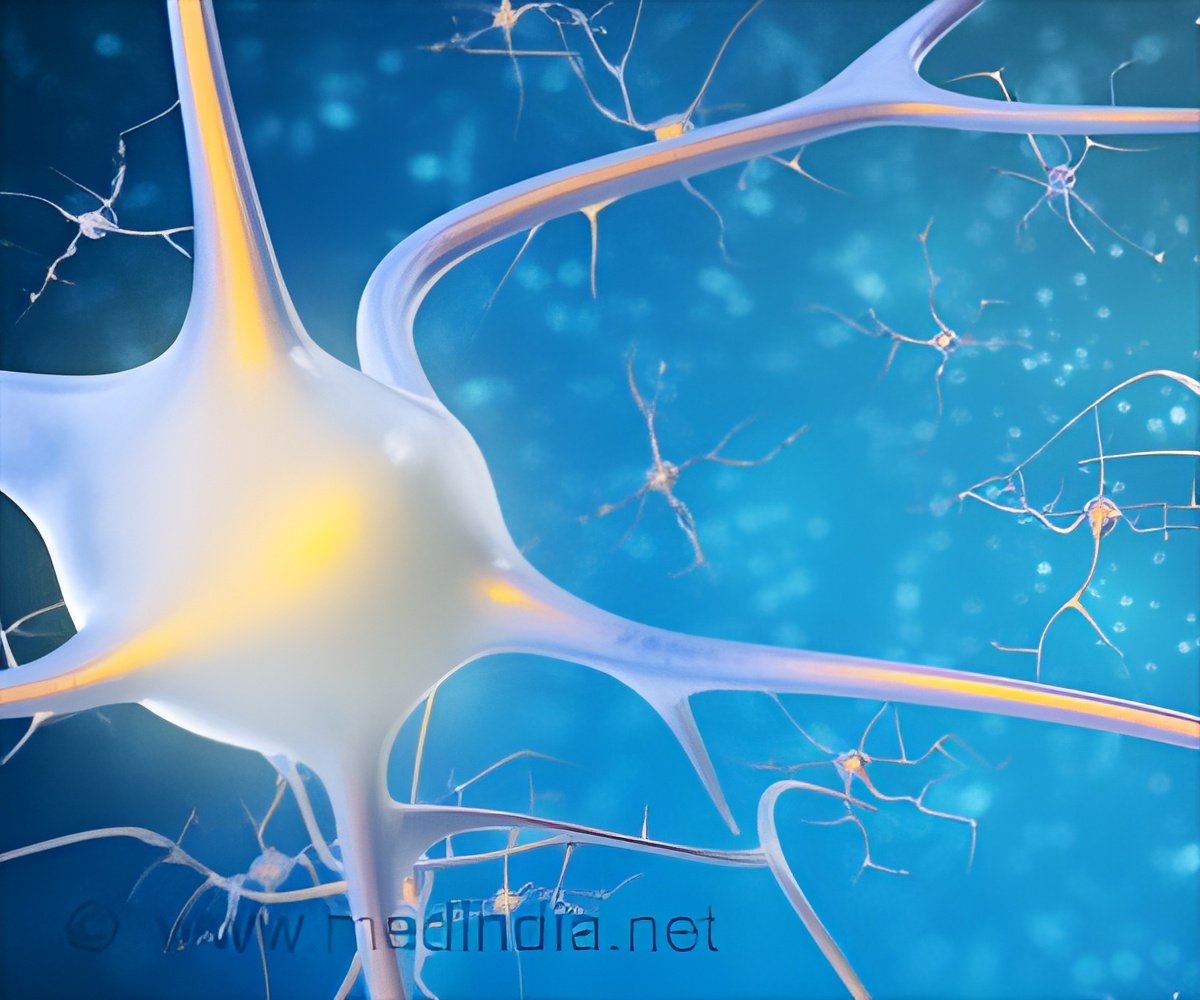
Widespread Pain With Nociplastic Features is an Independent Predictor of Low Physical Activity in People with Multiple Sclerosis
Go to source) “WPNF is a chronic and diffuse pain which can be challenging to localize or describe precisely,” said Libak Abou, Ph.D., Research Assistant Professor and lead author of the paper.
‘Individuals grappling with widespread pain featuring nociplastic traits alongside their MS tended to be inadequately active due to the persistent chronic pain they endured. #multiplesclerosis #nervousdisorder #neuropathicpain ’
Tweet it Now
“In a person with MS, this type of pain arises from altered processing signals within the central nervous system. This is opposed to pain that arises from specific tissue damage, classified as nociceptive pain, or pain related to demyelination and axonal damage, classified as neuropathic pain.”
Surveying MS Patients: Impact of WPNF on Activity Levels
Abou and fellow researchers surveyed patients with MS to see if those with a higher indication of WPNF were more likely to be insufficiently active or sedentary when compared to their MS counterparts with no chronic pain, nociceptive pain, or neuropathic pain. Each of the participants was self-reporting with their data.“There is a growing need to consider what type of pain MS patients are experiencing before giving them an exercise plan,” said Abou. “The concept of considering WPNF when creating exercise plans for MS is newer but could help many patients get to an activity level that will help ease symptoms without causing them intense pain.”
For the future, Abou hopes that clinicians can begin doing screenings for underlying pain mechanisms in patients with MS that are struggling to stay active to help further tailor their physical routines to their personal needs.
“The end goal is to help those with MS maintain their functional independence,” said Abou. “It is also important to remember that these patients will likely need extra support from their physical therapy team to keep them on a path with less pain.”
Additional authors: Libak Abou, Daniel Whibley, and Anna L. Kratz from the Department of Physical Medicine and Rehabilitation, Michigan Medicine, University of Michigan, Ann Arbor, Michigan as well as the Institute for Healthcare Policy and Innovation, University of Michigan, Ann Arbor, Michigan. Daniel J. Clauw from the Department of Anesthesiology, Michigan Medicine, University of Michigan, Ann Arbor, Michigan.
Advertisement
- Widespread Pain With Nociplastic Features is an Independent Predictor of Low Physical Activity in People with Multiple Sclerosis - (https://www.jpain.org/article/S1526-5900(23)00533-3/fulltext)















